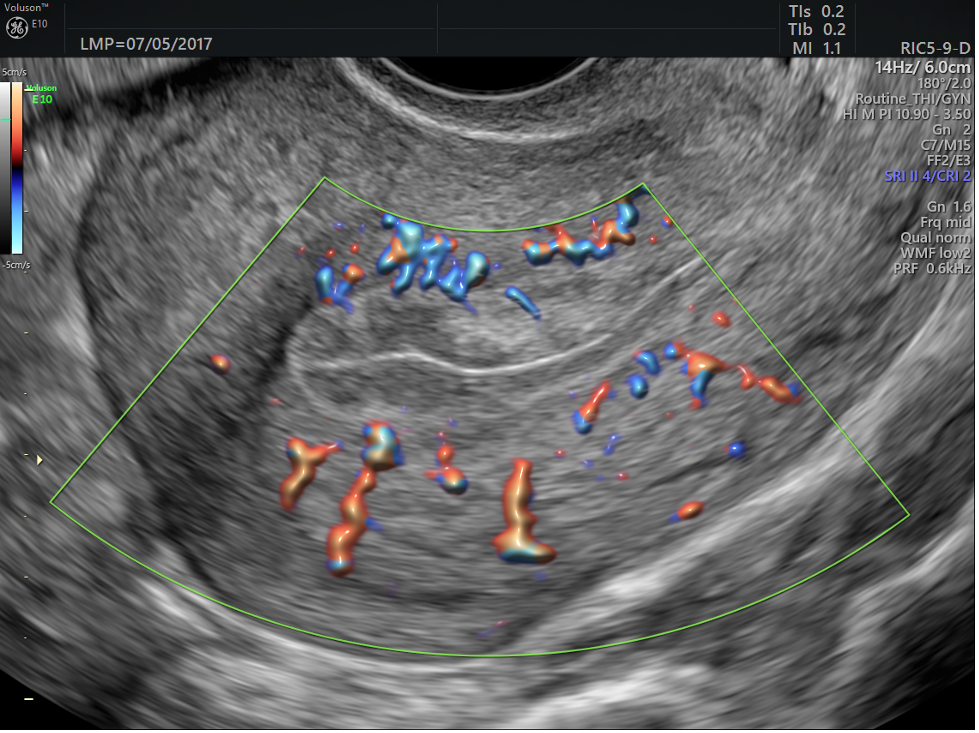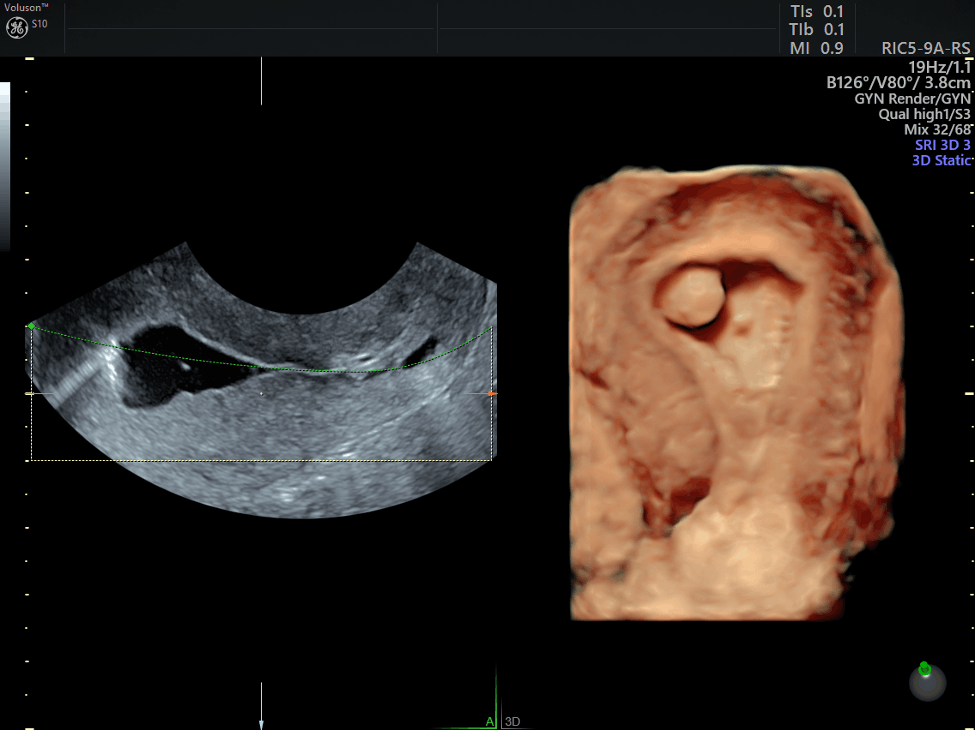Research has found that patients who are prescribed tamoxifen during breast cancer treatment are more likely to develop endometrial polyps and, in some situations, may have a slightly higher risk of developing endometrial cancer. Most professional guidance does not recommend routine screening for tamoxifen polyps. However, certain symptoms and risk factors may require clinicians to look to transvaginal ultrasound to screen for polyps and determine the best course of action.
Development of Tamoxifen-Related Polyps
Tamoxifen is prescribed to patients with estrogen-receptor positive breast cancer in order to reduce recurrence, increase overall survival, and extend disease-free survival time. Taking tamoxifen raises the likelihood that a patient will experience endometrial thickening. A gynecologist may find higher rates of polyps or endometrial hyperplasia in those who take the prescription, and may notice occurrences increasing at higher doses and longer duration on the medication. This is because tamoxifen is antiestrogenic in the breast, but has a slightly estrogenic effect on the endometrium. Most polyps are benign, however, particularly in asymptomatic cases.
In some patients, the presence of polyps or endometrial thickening may warrant further evaluation. Women with abnormal uterine bleeding who are older than age 60 or who are nulliparous have higher rates of malignant transformation or endometrial cancer; these patients may need to be monitored more closely, according to research published in Menopause. Transvaginal ultrasound is the first step in evaluating a patient before deciding to move forward with biopsy or interventions.
Evaluating Tamoxifen Polyps on Ultrasound
The standard definition for endometrial thickening is greater than 5 millimeters without abnormal uterine bleeding, according to guidelines published by the American College of Radiology. Using transvaginal ultrasound, measure the endometrial thickness on the midsagittal plane.

Endometrial Polyp shown with VCI-A (Volume Contrast Imaging) ultrasound
Additional findings, such as increased vascularity, particulate fluid, inhomogeneity of the endometrium, or endometrial thickness greater than 11 mm may also warrant further evaluation, according to the Journal of Obstetrics and Gynaecology Canada. Tamoxifen-related polyps are typically larger, appear more translucent, and have a higher fibrotic content than those not related to tamoxifen.

Polyp shown on ultrasound using Voluson™ Radiantflow™
Clinical recommendations for evaluating and monitoring patients taking tamoxifen are often conservative. Biopsies and resections carry risks, such as perforation, and should be carefully considered. The appearance of increased endometrial thickness alone is typically not indicative of a problem in asymptomatic cases. The American College of Obstetricians and Gynecologists (ACOG) recommends stratifying postmenopausal women using tamoxifen into low- and high-risk groups based on the presence of polyps before treatment.
When possible, evaluate patients for endometrial lesions before starting tamoxifen. Those with initial lesions are at higher risk of developing endometrial cancer than those without. ACOG does not recommend routine ultrasound screening for tamoxifen polyps because of costs and undue stress on the patient; instead, gynecologists should counsel patients on the risks of using tamoxifen and monitor them for symptoms, predominantly postmenopausal uterine bleeding. Ultrasound evaluation or monitoring can be used on a case-by-case basis if bleeding or other symptoms arise.
Overall, the risk of endometrial cancer remains low, and the benefits of tamoxifen use outweigh the risks. For gynecologists, it is important to consider each patient's symptoms, age, risk factors, and overall health.





